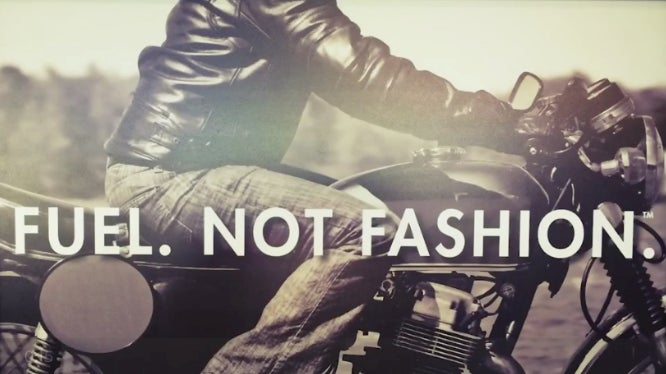Making Money Doing What You Love

Robb Crocker first discovered his love of film while studying at the University of Arizona. With his film degree in hand, he set out to direct and produce feature films, but quickly realized he still had a lot to learn. After interning as a camera assistant on a couple of movies, he moved back to his home state of Oregon and got a job as a producer and director at a local television station.
“I worked at the TV station for a couple of years until I decided to start my own production company,” says Crocker. “I thought, what better way to make movies than to own my own equipment? I soon realized that in order to keep the lights on and actually make a living wage, I should probably do some work for hire.”
It was 1999 when Crocker started Funnelbox, a video marketing agency that he still operates today. While looking for some footage of a cat on a green screen for a commercial project, he came across a microstock website. Knowing that he had some extra footage of his own, he decided to put it online and see if it would sell. He uploaded a number of clips and money started coming in.
https://blog.adobe.com/media_8d5d4f7fea54b34a44c6dabdfd63672526e9aad5.gif
Building a business with stock
Intrigued by the ability to make money off of video that was just sitting around on hard drives, he wondered how much better he could do if he actually started shooting footage specifically for the stock site. That was the beginning of his next company, Uberstock.
“Those were the early days of microstock footage and it was perfect timing because there weren’t a lot of people doing it yet,” says Crocker. “If you shot reasonably good footage, processed it, and uploaded it properly, you stood to do really well.”
Providing a steady source of additional income, Uberstock was instrumental in the growth of Funnelbox. The quality of stock footage, the talent of people shooting the footage, and the caliber of editing tools have all increased substantially in the last 10 years. The market for video footage“>stock video footage is also much larger, with more demand for HD and 4K footage.
https://blog.adobe.com/media_867de448a28271da6308e799624813afffeb7746.gif
Crocker sees stock as a great way for companies and individuals who love shooting footage to create an additional revenue stream. Young filmmakers can use it as a vehicle to practice their skills, and companies can keep employees busy during slower times while earning additional recurring revenue.
“My advice to young filmmakers is to shoot things that interest you that you normally don’t have the opportunity to shoot,” says Crocker. “Experiment with lighting, cameras, and other equipment. It is an awesome way to practice your craft, and you could actually make some money doing it.”
A strategic approach to video
Funnelbox has since transitioned from being just a video production company to focusing more on the strategy behind videos and how organizations use video to help them drive sales and marketing for their own organizations. By focusing on the strategy before producing a new video as well as the distribution strategy after, Funnelbox helps companies make a difference with video.
“We have something that we call the next click strategy. We ask our clients, after someone watches their video, what do they want the next click to be,” explains Crocker. “So really for us it’s all about beginning with the end in mind.”
Adobe Creative Cloud is central to the company’s work. The team has used Adobe Photoshop CC and After Effects CC since the beginning, and made the switch to Adobe Premiere Pro CC from Final Cut Pro 7 a few years ago. Crocker is impressed with how Adobe has effectively integrated Adobe Premiere Pro with Photoshop, After Effects, and Audition to save video professionals time and improve the quality of their work.
Integrated Adobe Stock workflow
In addition to using Premiere Pro to produce content for Funnelbox, it is also the primary editing solution for all of the stock footage produced for Uberstock. Crocker is excited to take advantage of the ability to contribute to Adobe Stock through the Destination Publish workflow inside Premiere Pro and Adobe Media Encoder.
“People who are already working with footage in Premiere Pro can easily start a second timeline or copy and paste any unused B-roll footage to a timeline and upload it directly to Adobe Stock,” says Crocker. “I’ll bet it will cut at least 50% to 80% of the time we spend prepping files to upload. It’s a brilliant integration that will make it a lot easier for people to get started contributing stock footage and realizing a new revenue stream.”
With so much happening in the video industry, Crocker sees a lot of opportunity to teach people how to effectively use video and how stock footage and Creative Cloud can help companies produce high-end videos for much less money. “What’s next for me is continuing to help others pursue their dreams,” says Crocker. “There are more and more people looking to buy stock footage, especially as the market expands to 4K and other technologies. I’m excited to see what happens with immersive video technologies like 360 and VR in this ever-evolving market.”
Learn more about Adobe Creative Cloud pro video tools